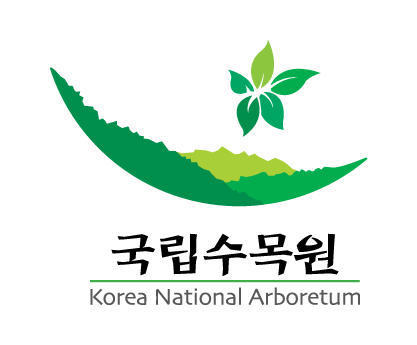
Korea National Arboretum
The Korea National Arboretum (KNA) is in Gwangneung forest, between Namyangju-si and Pocheon-si, in Gyeonggi province. Gwangneung was a royal forest, which surrounded the tomb of King Sejo of the Joseon dynasty. Thus, it has been strictly maintained in order to minimize human disturbance over the last five hundred years.
The Arboretum, which initially belonged to the Korea Forest Research Institute, was established in 1987 and has been welcoming the public ever since. On May 24th, 1999, the Korea National Arboretum was formally inaugurated. The KNA houses 15 specialized plant gardens, Forest Museum, Herbarium and Seed Bank and also designated as a UNESCO biosphere reserve in June 2010.
Find our more at http://www.forest.go.kr/kna
The Korea National Arboretum provides forest environmental education in terms of research, collection, classification and conservation of Korean forest biospecies. We are also committed to conservation along with restoration of rare and native plants, promotion of useful plant resources research as well as related technology development, designing and management of thematic gardens, forest bio species and forest culture. In particular, the KNA is one of the renowned forest biospecies research centers which was an affiliate of the Central Region Experimental Forestry Station of the Forestry Research Center until its establishment on 24th May 1999. The Arboretum was founded in an attempt to promote the conservation of Gwangneung forest underpinned by the government measures in 1997.
The KNA is composed of 1,018ha of natural forest, 100ha of specialized gardens including Forest Museum, Herbarium, Temperate House, Tropical Plant Resource Center. We started to create specialized gardens in 1984 which were completed in 1987. The KNA had fifteen gardens based on plant characteristics and its functions. Forest Museum was opened on 5th April 1987, it has 11,000 pieces of Korean forestry historical materials, remains and wooden products.
The Herbarium was completed in 2003, and houses more than 1.15 million pieces of plant, insect, wild animal specimens. Additionally, plant seeds are preserved and managed. In 2008, 2,700 pieces of related tropical plants were planted for research purposes.
The KNA has initiated the Korea Biodiversity Information System to provide information as to forest biospecies samples and plant information data base from associated universities, research institutions, arboretums, botanic gardens as well as the KNA. The KNA also operates the Korean Plant Names Index committee with the Korea Society of Plant Taxonomists in an effort to standardize and name domestic plants.
The culture of Korean forest biospecies, which first began in the 1920s, has been upheld by the KNA ever since and we play a key role in securing biological sovereignty. Since Gwangneung forest was selected as the royal tomb of King Sejo of the Joseon dynasty in 1468, it has been protected and managed by multiple generations more than 550 years and now the KNA, as a national research institute, spearheads biospecies conservation and research.
Visit Korea National Arboretum’s website.
Located in: Pocheon, South Korea
Associated WFO Contacts:
- Kyung Choi (Council Member)